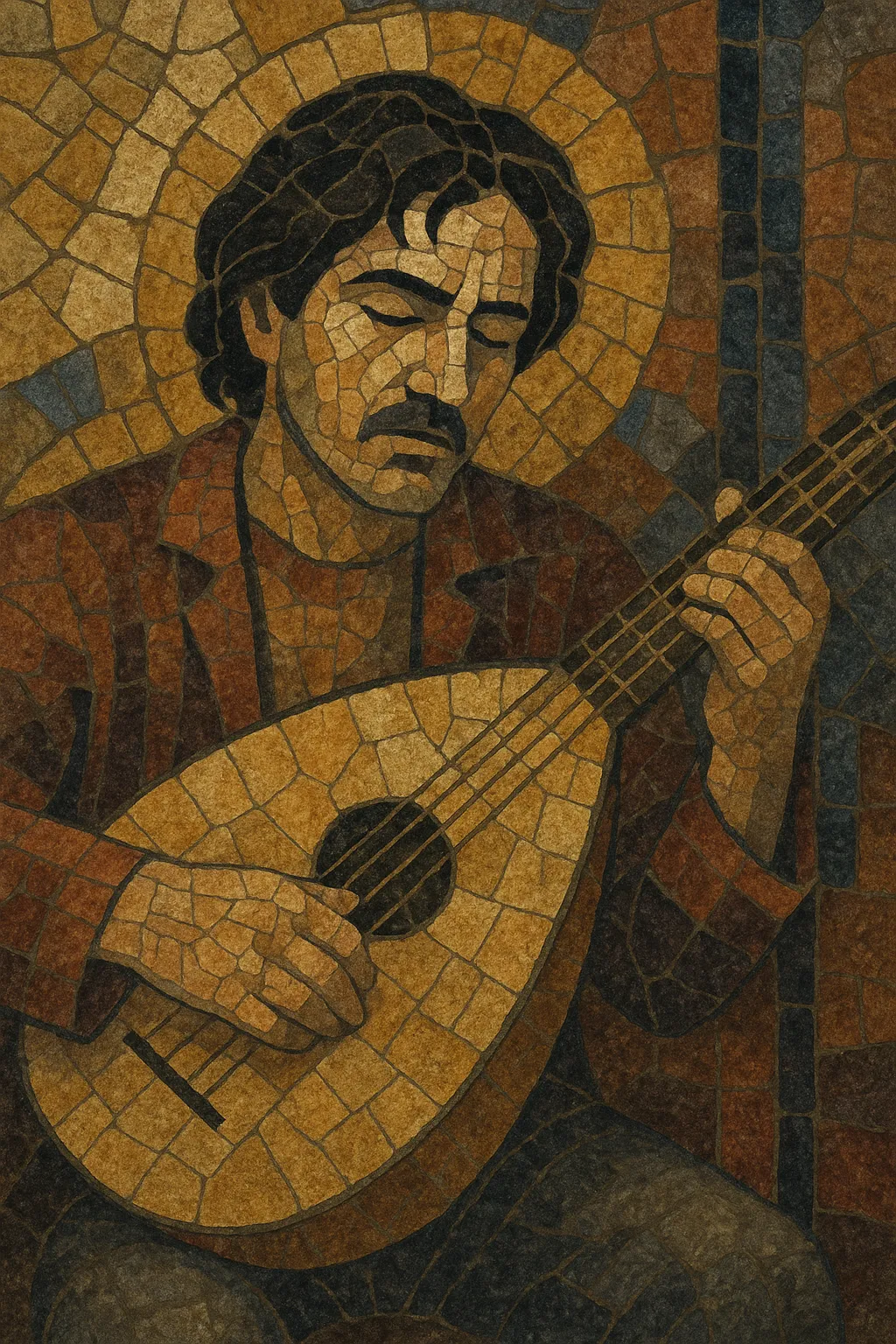Özgün müzik is a Turkish singer‑songwriter and folk‑influenced popular style that emerged in the post‑1970s period, marked by socially conscious, often left‑leaning lyrics and accessible, melodic songwriting. It blends the bağlama (saz) and Turkish makams with Western pop/rock instrumentation to create emotive, message‑driven songs.
Musically, it draws on Anatolian folk modes and asymmetric usul (rhythmic cycles) such as 5/8, 7/8, and 9/8, but arranges them within verse–chorus forms familiar to pop. Vocals are expressive and foregrounded; arrangements range from acoustic (bağlama, classical guitar) to fuller bands with keyboards, bass, and light percussion.
Lyrically, özgün müzik centers on human stories—migration, labor, exile, love, longing, and political struggle—delivered in plain, poetic Turkish. The tone is frequently melancholic yet anthemic, inviting audience participation through memorable refrains.
The roots of özgün müzik lie in the convergence of Anatolian folk traditions, the aşık (troubadour) lineage, and the legacy of 1970s protest/folk‑rock in Turkey. After the 1980 military coup, many artists turned to intimate, narrative songwriting that could carry social critique while sidestepping overt censorship. The bağlama remained central, but Western acoustic guitar and gentle pop arrangements made the songs widely accessible.
By the mid‑1980s, artists such as Ahmet Kaya, Zülfü Livaneli, and collectives like Grup Yorum defined the sound and ethos. Their albums paired modal melodies and asymmetric rhythms with clear, singable choruses. Cassette culture and live concerts helped these songs circulate broadly among workers, students, and diaspora audiences.
In the 1990s, özgün müzik reached a larger audience through television, festivals, and expanding record distribution. Some artists faced bans or legal pressures due to political content, but the style’s visibility continued to grow. The period also saw richer arrangements—strings, keyboards, and fuller rhythm sections—while maintaining the lyrical focus on social realities and personal testimony.
Özgün müzik’s aesthetics and values continue to inform contemporary Turkish singer‑songwriters, folk‑pop acts, and politically engaged bands. While production has modernized, the genre’s core—poetic Turkish lyrics, modal melody, and a balance of folk authenticity with pop clarity—remains a reference point for artists seeking to connect storytelling with social conscience.


